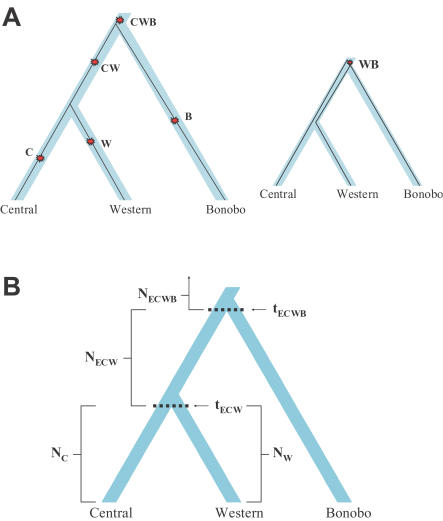Figure 1. Schematic of our six-parameter model for analysis of the history of bonobos, central, and western chimpanzees.
(A) Each five-group alignment has divergent site types that correspond to a branch in the tree: the lengths of branches are estimated from the observed numbers of the corresponding types of sites. The larger tree shows five possible types of sites (using the CWBH alignment as an example), and how they would be generated by single historical mutations. The smaller tree corresponds to one of the two rarer divergent site types that can arise when the genes from the two most closely related groups (central and western chimpanzee) share a common ancestor prior to the separation of the less closely related population (bonobo). (B) In the six-parameter model of chimpanzee evolution, the separation time of central chimpanzees and western chimpanzees is tECW, the separation time of chimpanzees and bonobos is tECWB, NC and NW specify the modern effective sizes of the central and western chimpanzee populations, and NECW and NECWB the effective sizes in the two earlier epochs. Although we do not include eastern chimpanzee in this analysis, the notations for tECW, tECWB, NECW, and NECWB refer to eastern chimpanzee because eastern form a clade with central chimpanzees.

